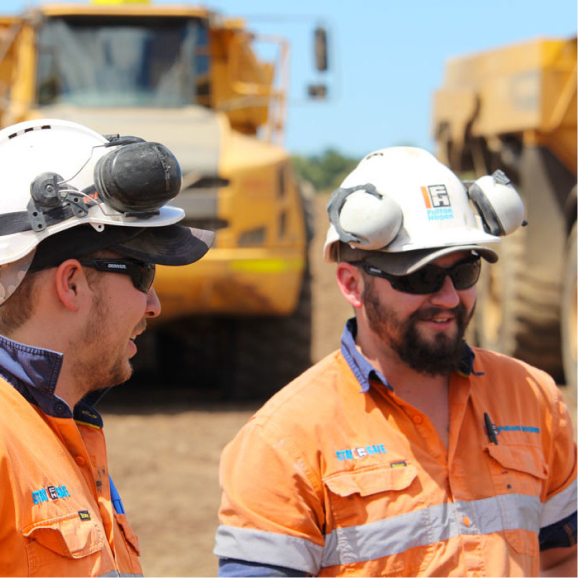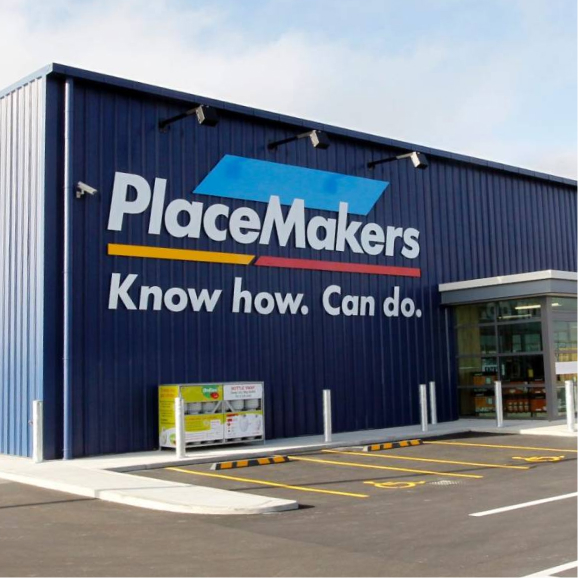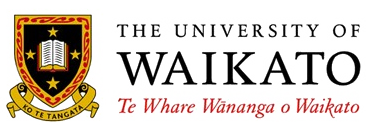Is running a remote project a whole new ballgame for you or your technology partner?
Sure, you may have done parts of a project remotely, but what about completing an entire project from initial sales engagement, right through to go-live? Covid-19 has forced many technology partners and clients to embark on a steep learning curve. But for us, running projects from a distance has been our business-as-usual for close to 20 years.
We already had close to 10 years’ experience delivering projects remotely from New Zealand to the UK before we formed Adaptiv in 2010. When the pandemic hit New Zealand, we didn’t even have to break pace to keep on delivering successful projects from the comfort of our own homes. We had the experience of running hundreds of remote end-to-end projects behind us, knew exactly how to structure projects to deliver success early on, and of course, how to collaborate.
But we acknowledge it hasn’t been so easy for everyone. So, what advice can we give you to help make your remote project/s a success, not a sinkhole? These are the questions we get asked the most – and our answers.
1. Umm, exactly how are you going to manage milestone events from afar?
In a perfect project world, there are always milestone events, like project kick-offs and requirements workshops, where you’d prefer to be on-site together, and communicating face-to-face.
However, if you put in some real effort into running well-structured and well-run video meetings with carefully constructed (and adhered to) agendas, and pay attention to details, you can still achieve all the outcomes you need. Even if you don’t get to share coffees and morning tea.
As with any workshop, park issues which don’t relate directly to the immediate purpose of the meeting for later follow up, and detail, distribute, and action lists of post-workshop tasks and decisions.
Like any traditional project workshop, an experienced chair facilitator to run the meeting through the discussion points, and control the responses, is essential. As are minute takers, including technical minutes takers if needed.
2. If I can’t see a consultant on-site, how do I know that the work is getting done and the project’s running to schedule?
Given the number of people who worked at home through lockdown, we hope that managers now feel less anxious about having their teams out of direct sight. It’s been an unprecedented trust-building exercise between businesses and their employees the length and breadth of New Zealand.
But how do you make doubly sure that a project is running to plan? And that productivity is seen to be maintained?
Here’s our approach:
- Continuous Integration (CI) and Continuous Delivery (CD)
- Daily short stand up meetings
Continuous integration shows the progress of development and delivery and productivity. With CI, stakeholders can see their code building; they can see code quality metrics and delivery as it happens. It’s a transparent process, with nowhere to hide. They can see test automation, which is a good visible indicator of project progress and code quality.
As you see that body of automation growing, we can run dashboards across the top to show you how many tests are running off the back of each build, and what their success rates.
Even if a project isn’t Agile, ceremonies like system demonstrations are ideal for sharing a view of the progress with stakeholders. An end-of-week status report can confirm progress on all projects (as you may find you have 10+ projects in various stages) and provide updates on project milestones reached, roadblocks, budget updates, and more.
The Continuous Delivery approach sees teams produce software in short cycles, so it can be safely released at any time. CD aims at building, testing, and releasing software with greater speed and frequency to help reduce the cost, time, and risk by delivering incremental updates.
3. What about handover? How on earth is that going to work?
Continuous Delivery helps bridge the gap between completion and handing working software over to customers and their operations teams.
Automated testing is an integral part of delivery. So, by the time it comes to handover, everything’s been verified as working perfectly, so there’s no need for endless meetings to release software into your care.
All you need from your technology partner by this stage is a concise release plan and a button on a web page that says: ‘release these solutions.’
There is still a requirement for handover with internal teams, but CD and CI facilitate that well. Your teams have already seen how the software works and require far less training so you can enjoy the value it delivers to the business much more rapidly.
As I mentioned earlier, we’ve been delivering successful remote software projects for many years. It’s nothing to fear, but you can’t wing it. Remote projects require acute attention to detail, and professional, structured processes, planning and procedures. And those don’t happen overnight.
The opinions expressed in our blogs are those of the individual contributors, not necessarily those of Adaptiv Integration. We encourage our people to lead, not follow, and to add value by sharing their experience and unique insights.

























